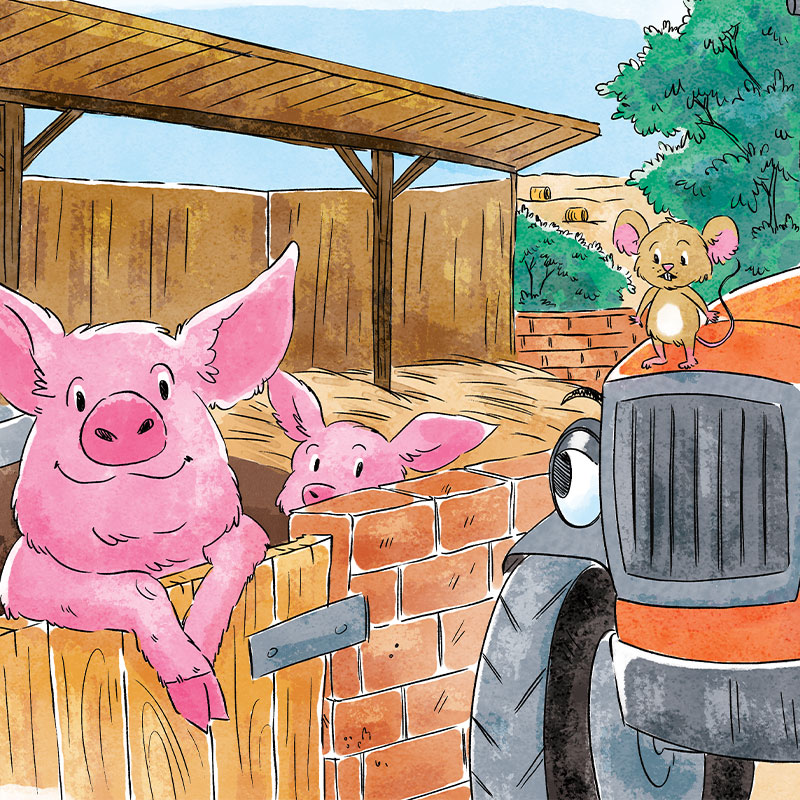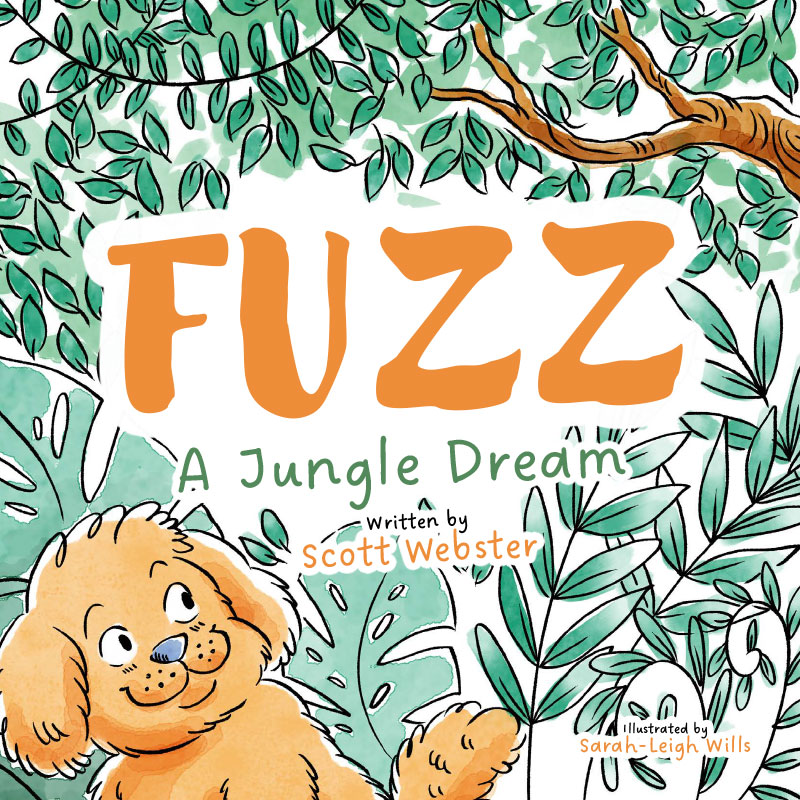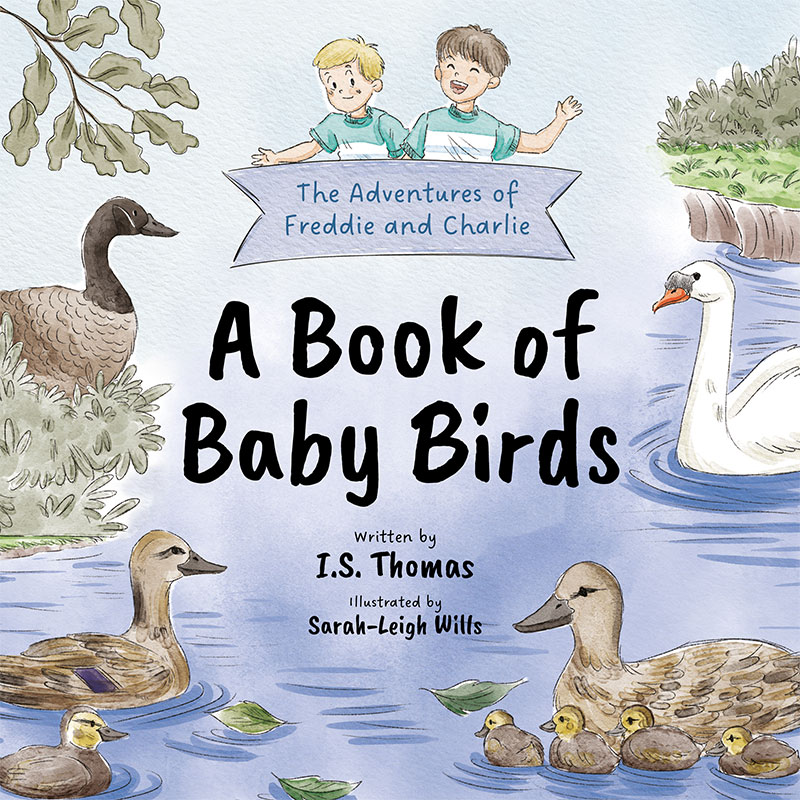Ever caught yourself staring at the ceiling, counting cobwebs, and wondering what to do next? Or heard a little voice declare, “I’m boooored!” like it’s the end of the world?
Well, we’ve got brilliant news: boredom isn’t the baddie it’s been made out to be. In fact, here at Happydesigner, we believe that a sprinkle of boredom can do absolute wonders for your brain — and your child’s too! So, pop the kettle on, settle in, and let’s explore how doing nothing might just be doing something really rather clever…
Key Takeaways
- Boredom is beneficial – It gives the brain time to reset, encouraging mental clarity, creativity, and emotional processing.
- Daydreaming fuels imagination – When we’re not focused on anything specific, our minds can wander and spark original ideas.
- Children thrive on unstructured time – Moments of boredom help build self-reliance, storytelling skills, and emotional resilience.
- Too much screen time limits creative play – While technology has its place, balancing it with screen-free moments nurtures independent thinking.
- Simple boredom-busting tools can inspire – A “boredom box,” nature walks, and modelling calm downtime all help unlock creative potential.
Dr Seuss wrote a bestselling book using just 50 words — all because he was bored.
Turns out, doing nothing really can lead to something magical.
The Boredom Backlash
Let’s be honest — most of us don’t get the chance to be bored anymore. With smartphones, Netflix, YouTube and an app for almost everything, boredom feels like a thing of the past. And when it does sneak in, we rush to fill the silence.
For children, it’s no different. School, after-school clubs, screen time, homework — their days are often jam-packed. And when there’s a quiet moment? “Can I watch something?”
But here’s a thought: if we never let their minds wander, when will they get the chance to wonder?
So, What Is Boredom, Anyway?
Boredom isn’t laziness or lack of energy — it’s actually your brain’s way of saying, “I’m ready for something new!” Psychologists describe it as a state where our attention isn’t engaged, but we’re still mentally alert. Think of it like a pause button for your thoughts.
There are different types of boredom, too. Some make us fidget and reach for our phones. But the right kind of boredom – the gentle, daydreamy sort – gives our imagination room to play.
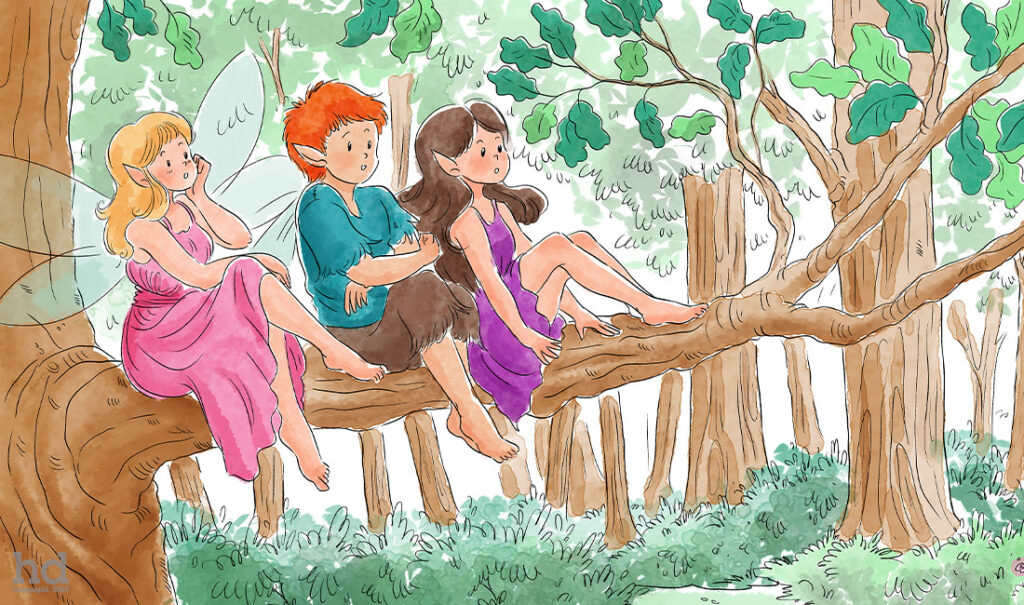
The Creative Power of Boredom
Guess what happens when we’re a bit bored? The brain kicks into its default mode network – a magical setting that fires up when we’re not focused on anything in particular.
That’s when daydreams happen, when ideas bubble up, and when you suddenly remember where you put your keys (hooray!).
Let’s take a look at some real-life examples:
| Famous Person | Brilliant Idea Born from Boredom |
| J.K. Rowling | Dreamed up Harry Potter on a delayed train |
| Isaac Newton | Apple-on-the-head epiphany under a tree |
| Archimedes | Eureka moment while chilling in the bath |
| Dr Seuss | Wrote a bestseller with only 50 words… out of boredom! |
And if you’ve ever watched a child turn a cardboard box into a spaceship or invented your own superhero while brushing your teeth, you’ll know: boredom is where imagination lives.
Boredom and Brilliant Little Brains
Now here’s where it gets super exciting – especially for us at Happydesigner, since we’re passionate about child development, creativity and storytelling.
Children need space to think, explore, and create their own fun. When every moment is planned or filled with screen time, they miss out on imaginative play – that magical, messy, made-up-world kind of play that helps them build confidence, resilience and problem-solving skills.
A few reasons why boredom is brilliant for kids
- It teaches them to entertain themselves
- It strengthens imagination and storytelling
- It helps develop emotional regulation
- It encourages exploration and experimentation
So, next time your child says, “I’m bored!” – instead of rushing to fix it, try replying, “That’s brilliant! I can’t wait to see what you come up with.”
A Brainy Reset Button
Just like we occasionally need a cuppa and a sit down, our brains need breaks too. Constant stimulation – be it flashing screens, noisy games or background telly – doesn’t give the mind a moment to reset.
Boredom gives our brains that precious downtime. It allows for:
- Mental clarity
- Creative connections
- Emotional processing
- Improved concentration later on
In other words, boredom is like a power nap for the mind. No wonder we often feel refreshed after a bit of peaceful staring into space!
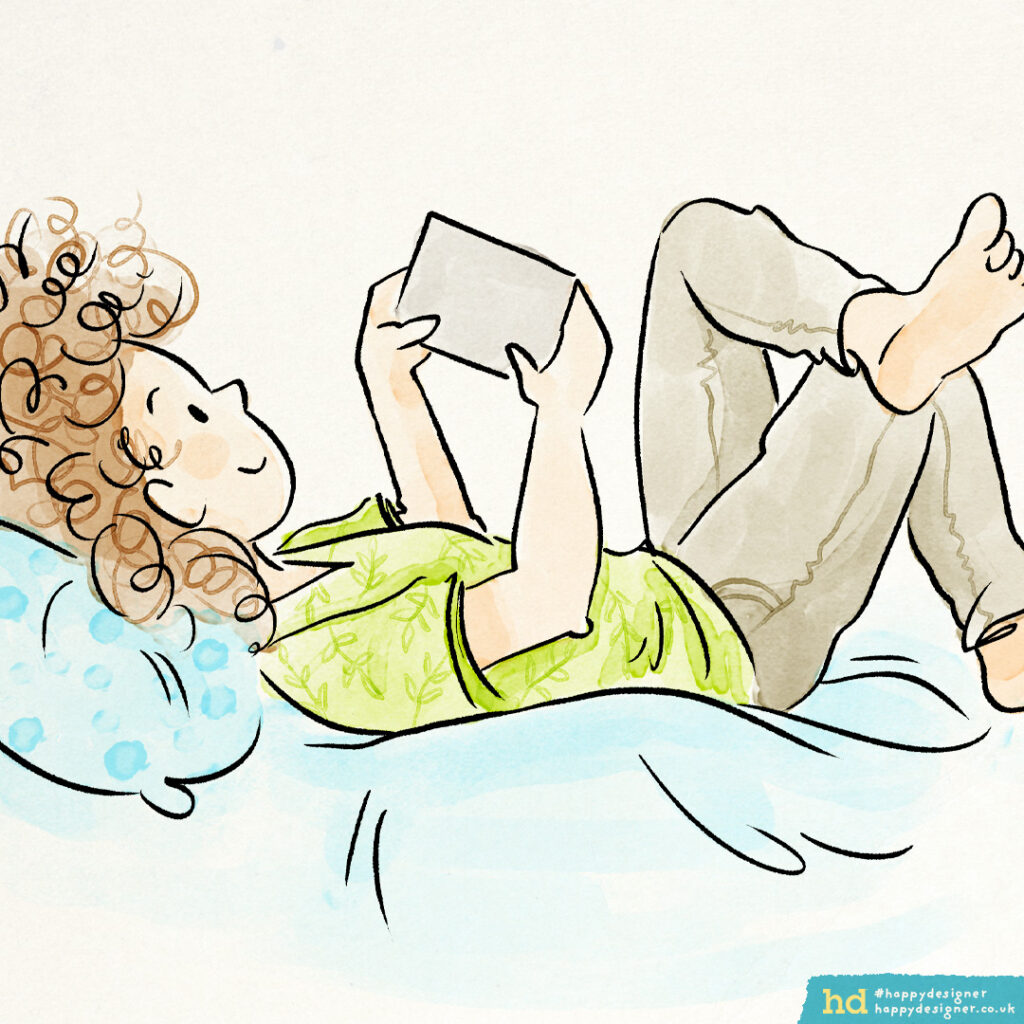
But What About All the Tech?
Let’s not bash tech – it’s brilliant in moderation. But too much of it, especially in little lives, can crowd out imagination. Studies have shown that children who spend more time on screens often struggle more with focus, patience, and independent thinking.
We don’t need to throw the telly out the window, but it’s worth keeping an eye on balance. Here’s a helpful table:
| Age Group | Recommended Daily Screen Time* | Creative Downtime Needed |
| 2–5 years | 1 hour | 1–2 hours of play |
| 6–12 years | 1.5–2 hours | 2+ hours unstructured |
| Teens (13–18) | Max 2 hours (non-school) | Daily breaks encouraged |
*Source: WHO & NHS guidelines
Even half an hour of screen-free daydreaming can make a huge difference.
How to Encourage “Good Boredom”
We’re not talking about “sit quietly and do nothing” boredom (although a bit of that’s fine too!). We mean the kind of boredom that gently nudges children (and grown-ups) to create, explore and imagine.
Here are some easy, fun ways to invite boredom that inspires:
Create a “Boredom Box”
Fill a box with open-ended goodies:
- Blank paper, coloured pencils
- Pipe cleaners, lolly sticks
- Old buttons, fabric scraps
- String, glue, googly eyes
No instructions, no pressure. Just stuff to spark the imagination!
Schedule Downtime
Yes, actually schedule time with nothing planned. Let your child wander, potter, build, or stare out of the window. Trust us — it’s not “wasted” time.
Embrace Nature
Go for a walk with no destination. Lie in the grass and spot cloud animals. Nature is the ultimate boredom playground.
Model It Yourself
When children see adults doing “nothing” – reading, doodling, daydreaming – they learn it’s okay not to be entertained all the time.
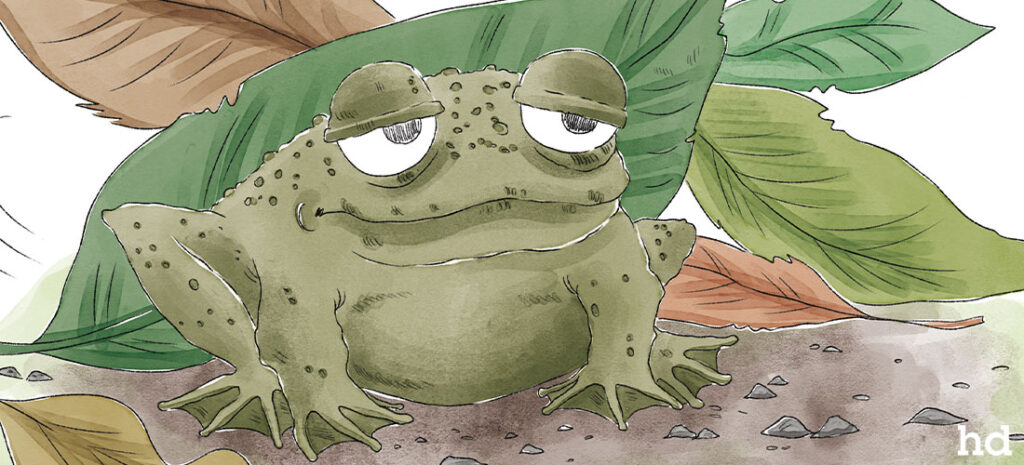
Bored and Brilliant: Real Stories
We asked a few Happydesigner friends and families to share their boredom wins. Here are some gems:
“My son made a puppet theatre from cereal boxes. It even had curtains!” – Laura, mum of two
“I came up with a story idea while waiting in the dentist’s office. I had no phone, just my imagination!” – Jess, children’s author
“We gave the kids sticks, string and pegs. They built a squirrel hotel in the garden.” – Sam, dad of three
It’s amazing what happens when we give kids (and ourselves) space to wonder.
The Happy Pause
Let’s wrap up with a big, happy hug of a thought: boredom isn’t something to fear or fix. It’s a gentle nudge from our brains saying, “Give me space to play.”
At Happydesigner, we believe in the power of imagination. Whether it’s designing beautiful children’s books, nurturing creativity, or encouraging story-led learning, we know that sometimes the best ideas come from doing absolutely nothing.
So next time you hear “I’m bored,” smile. That’s not a problem — it’s potential in disguise.
Discover how Happydesigner can bring your story to life with beautifully bespoke children’s book illustrations that spark imagination and joy.
Further Reading
- The Benefits of Boredom – Child Mind Institute: Explores how boredom can help children develop planning strategies, problem-solving skills, flexibility, and organisational abilities.
- 5 Benefits of Boredom – Psychology Today: Discusses how boredom can enhance creativity, problem-solving, and motivate the search for novelty.
- The Role of the Default Mode Network in Daydreaming and Creativity – Neuroba: Examines how the brain’s default mode network facilitates daydreaming and fosters creative thinking.

